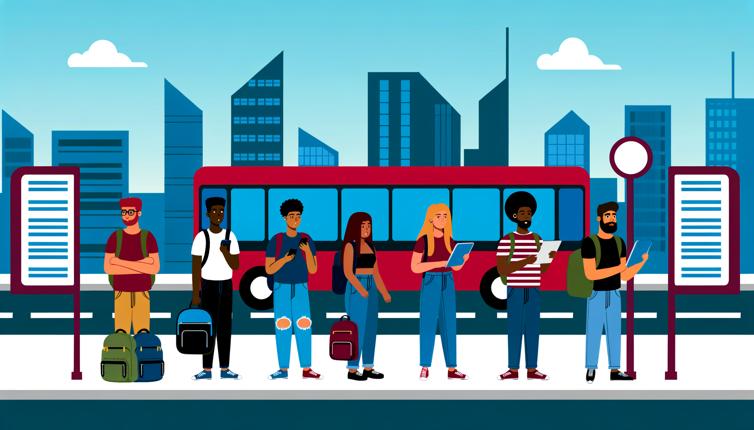1. Research Different Options
Start by researching the different types of public transportation available in your area. This can include buses, trains, trams, subways, and ferries. Consider the routes, schedules, and prices of each option.,Look for any discounts or passes that are available for frequent commuters. Many cities offer monthly or yearly passes that can save you money in the long run.,Take note of any transfer points or connections that you may need to make during your commute. This will help you plan out your journey and determine how long it will take.,Consider the reliability and frequency of each option. If a certain mode of transportation is known for delays or cancellations, it may not be the best choice for your commute.
2. Evaluate Travel Times
Using the information you gathered in your research, evaluate the travel times of each route. Look for routes that have the shortest overall travel time, including any transfer or wait times.,Consider the distance you will need to travel and how long it will take you to reach your destination. Keep in mind that rush hour traffic or peak travel times may affect the travel time of certain routes.,Take into account any potential delays or disruptions that may occur along each route. If a certain route is prone to accidents or construction, it may be best to avoid it.,If possible, test out different routes during non-peak travel times to get a better idea of the actual travel time.
3. Calculate Costs
Next, calculate the costs associated with each public transportation route. Consider the price of tickets or fares, as well as any additional costs such as parking fees or bike rentals.,Compare the cost of each route to determine which one is the most affordable. Keep in mind that while one route may have a lower ticket price, it may have additional costs that make it more expensive overall.,If you are considering purchasing a monthly or yearly pass, calculate the cost savings compared to buying individual tickets.,Take into account any potential fare increases that may occur in the future.
4. Consider Comfort and Convenience
Lastly, consider the comfort and convenience of each public transportation route.,Think about factors such as seating availability, cleanliness, and amenities on board. If you have a long commute, you may prioritize routes that offer more comfortable seating or Wi-Fi access.,Evaluate how convenient each route is in terms of its proximity to your home and workplace. A route that requires multiple transfers or a long walk may not be the most convenient option.,Take into consideration any accessibility needs you may have, such as wheelchair accessibility or elevators at stations.,Keep in mind that comfort and convenience may vary depending on the time of day. A route that is crowded during rush hour may be more comfortable during off-peak times.
Conclusion
By following these steps and carefully considering your options, you can choose the best public transportation route for your commute. Remember to regularly reassess your route choice as circumstances may change, such as new routes being added or changes in schedules. Happy commuting!









